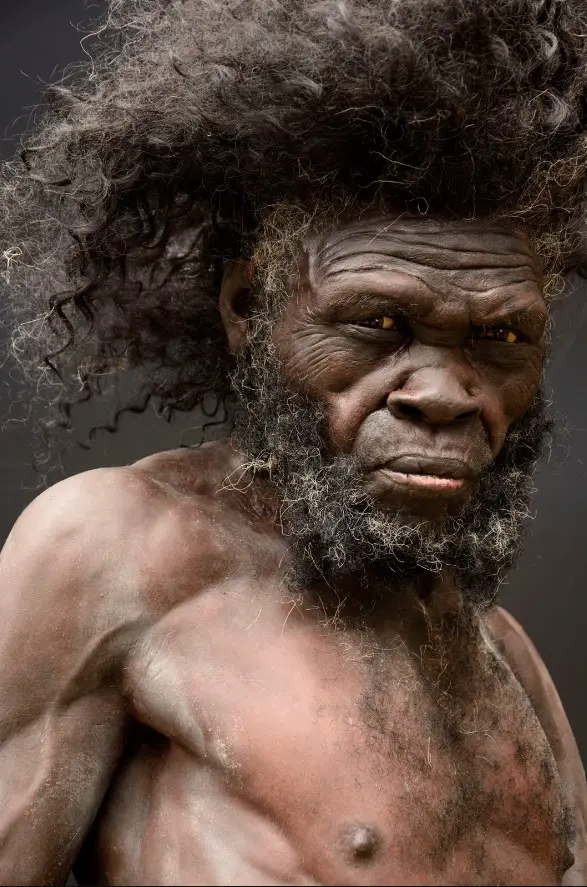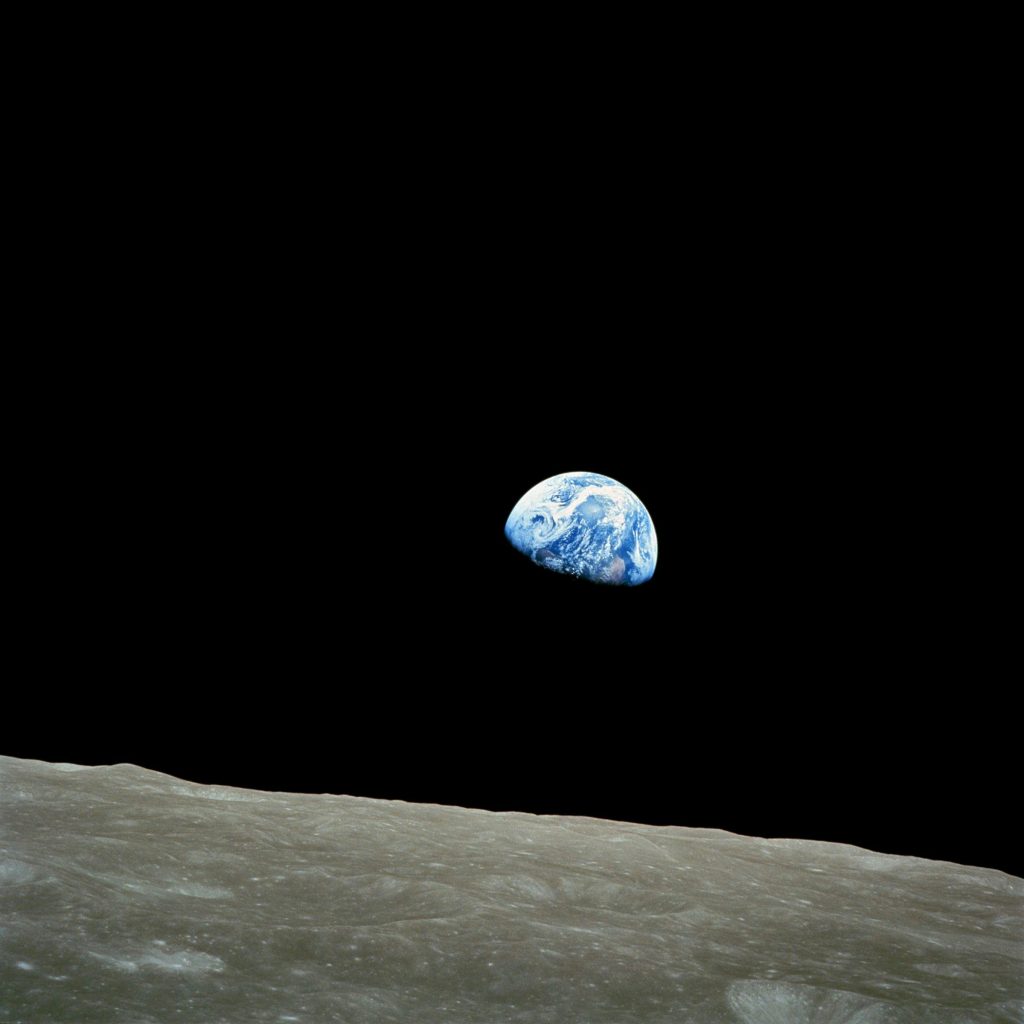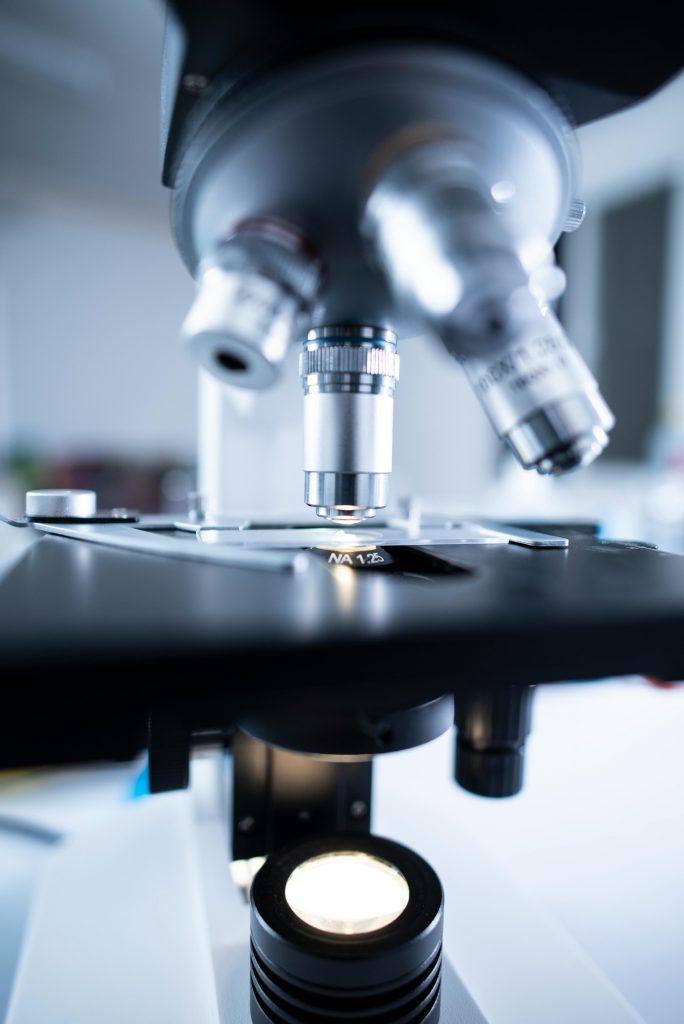Denmark’s Moesgaard Museum recently stunned visitors by recreating what some of the earliest humans may have looked like. The highly detailed exhibition, created with Aarhus University and Dutch experts, includes seven reconstructed ancient human species, each displayed along a staircase symbolizing human evolution. The recreations range from the famous “Lucy,” an early hominin from 3.2 million years ago, to the Stone Age-era Koelbjerg Man, Denmark’s oldest known skeleton.
The museum’s aim is to offer a glimpse into the physical features and diversity of early humans, illustrating how factors like environment shaped their appearance and lifestyles. Visitors can see displays that look strikingly modern, despite some specimens dating back as far as 160,000 years.
The exhibit has stirred social media fascination, with many expressing amazement at how closely these ancient humans resemble us today. A Twitter user remarked on the unique adaptations and cultural hints reflected in each reconstruction, showing just how connected we are to these early ancestors.
Natural history experts have applauded the museum’s effort to bridge the past and present, inviting guests to engage directly with human evolution in an immersive and visually compelling way. The exhibition has sparked interest worldwide, especially as people consider the cultural and social lives of our earliest predecessors.




